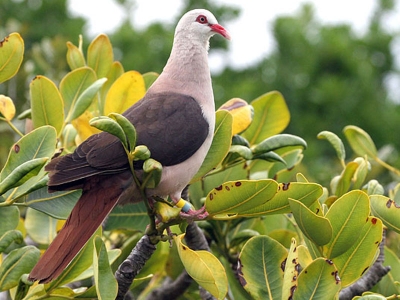
Though it does a wide variety of work globally, the International Union for Conservation of Nature (IUCN) is almost synonymous with its Red List, which shows “how close endangered species are to extinction”. Now the IUCN has come up with a global standard called the Green Status of Species. What is this about?
While seeing certain species categorised under “Least Concern” could be comforting, witnessing several species being listed under the threatened categories on the Red List could cause concern. Scientists felt that while the Red List was a wonderful assessment tool, it did not always “tell the full story”. And this resulted in the Green Status of Species. The Green Status measures “how close a species is to being fully ecologically functional across its range and how much it has recovered thanks to conservation action. It will classify species into nine recovery categories to show if a species has been largely depleted from its range or if it is nearing recovery”.
According to a paper published recently in the journal Conservation Biology, more than 200 scientists from 171 institutions globally worked for a decade to come up with the standard. They have assessed the Green Status for 181 species. Among them is the California candor, whose story indicates what exactly the Green Status aspires for. The bird species was classified as critically endangered in 1994. Nearly three decades and several conservation efforts later, it’s still classified thus. But there’s more to this story. It’s because of captive breeding and reintroduction efforts that the bird remains alive today without these, it could have gone extinct. Not just that their numbers have been growing, indicating that they’re responding well to conservation.
The Green Status measures the impact of past conservation efforts, species reliance on conservation action, and how much a species could gain in the next 10 years due to conservation action. It also offers a long-term view of species recovery potential over the next 100 years. As a Red List researcher put it the list indicates that despite the fairly high extinction risk “we still have this hope”.
Picture Credit : Google




